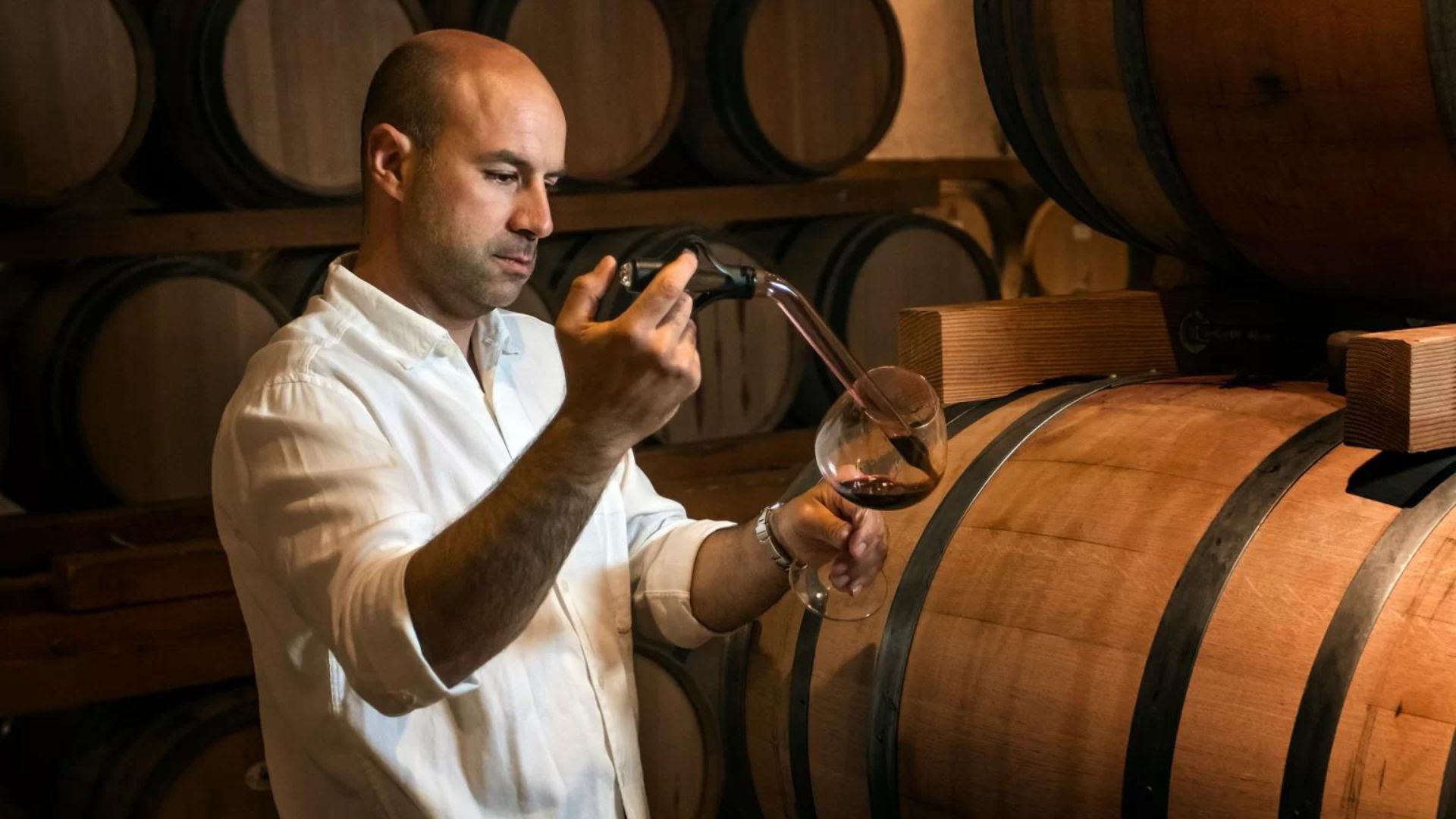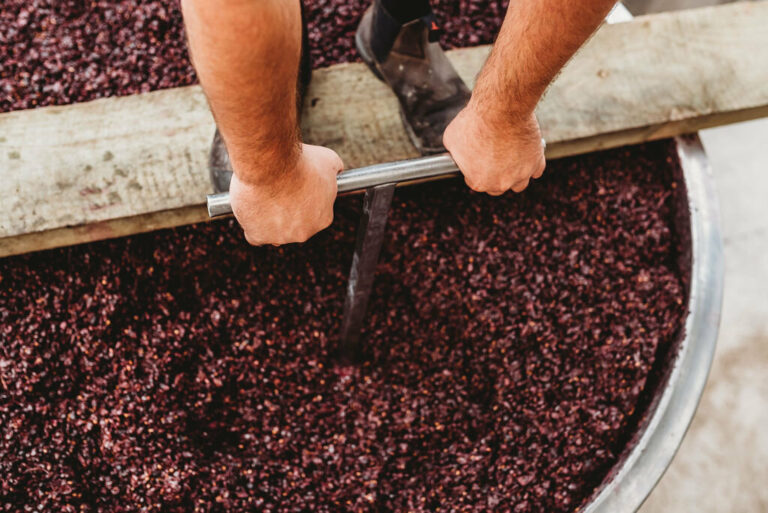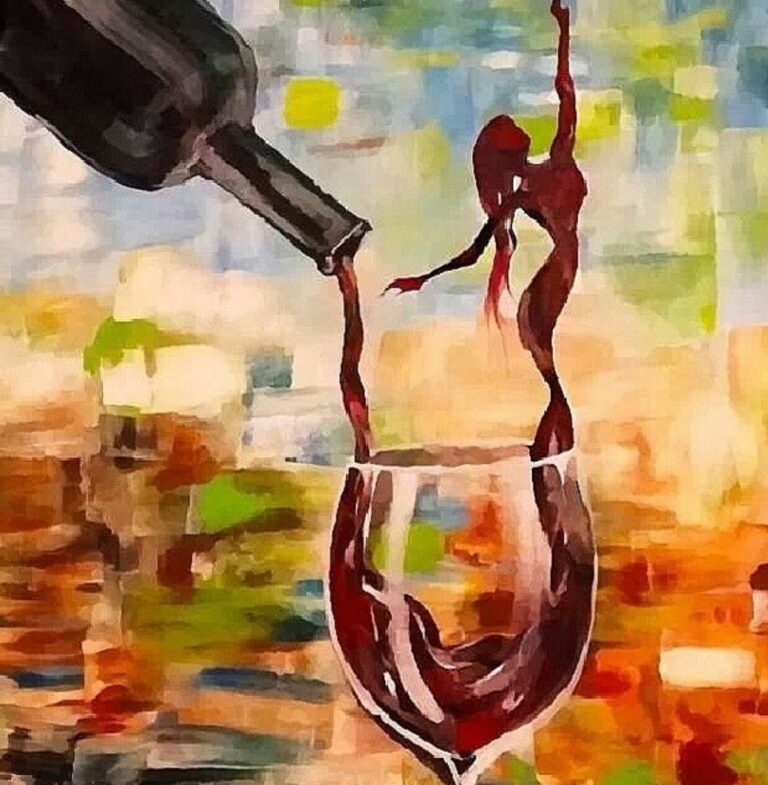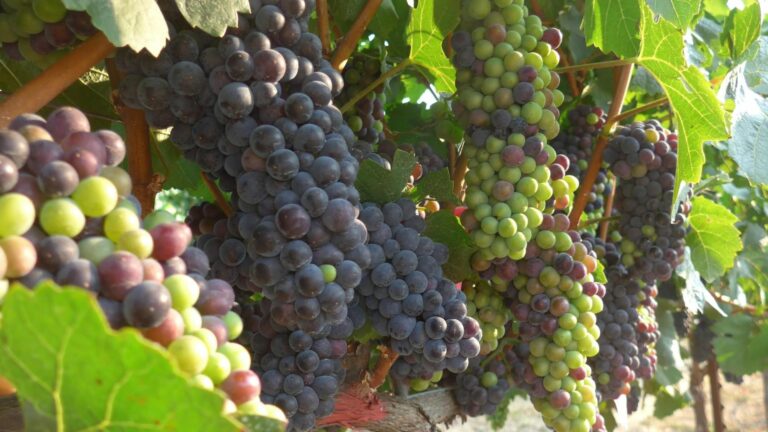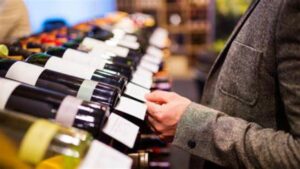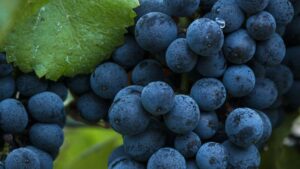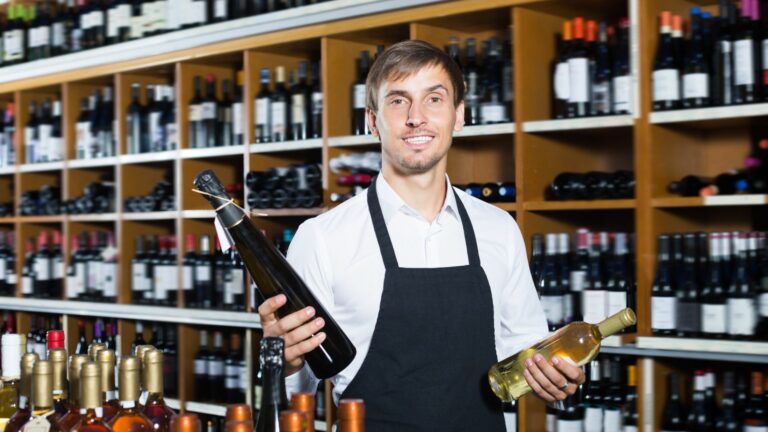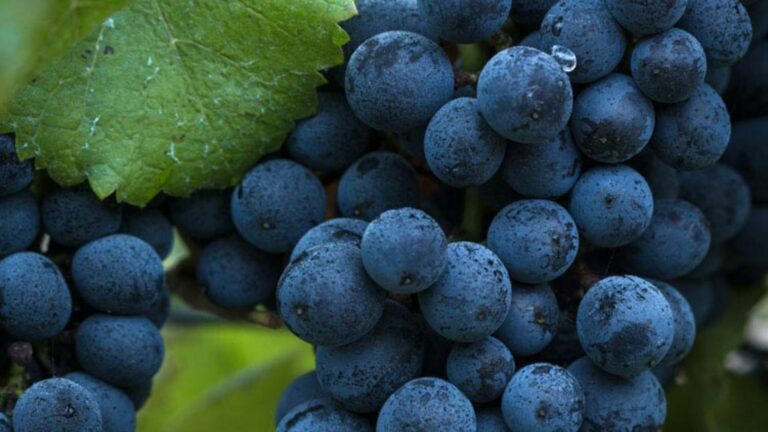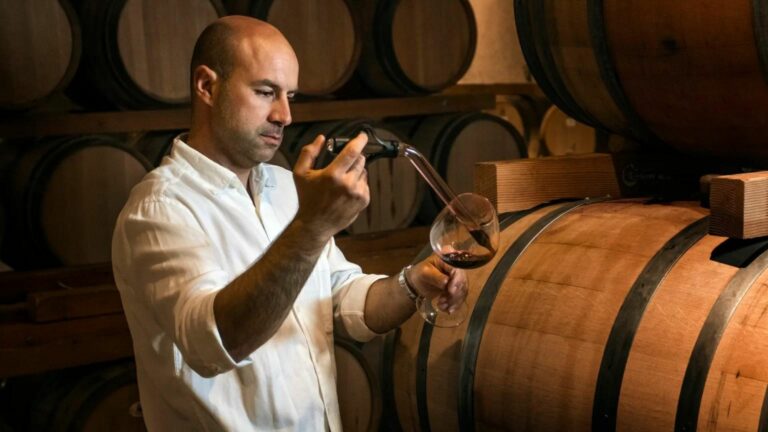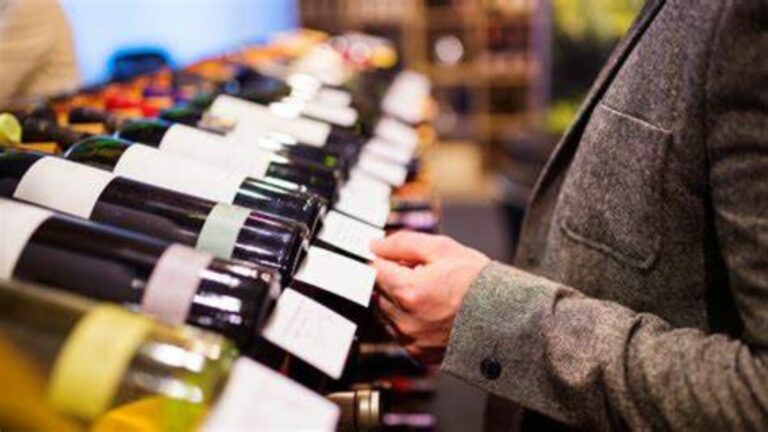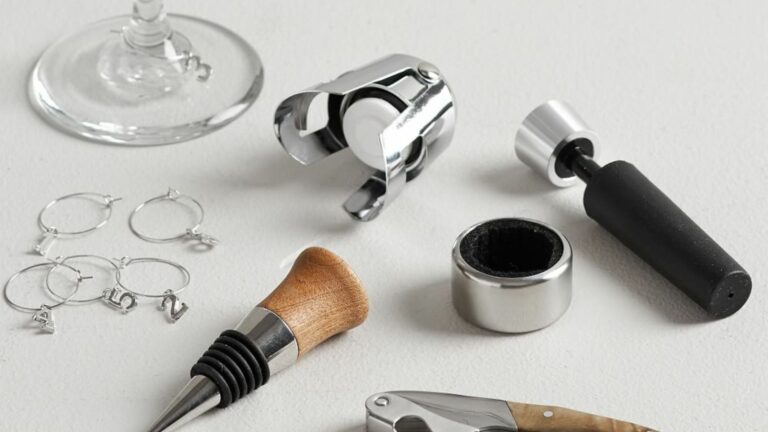Wine making is a delicate blend of art and science, where every step in the process contributes to the creation of a sublime libation. From selecting the finest grapes to mastering fermentation and aging techniques, the journey of wine making is a labor of love that yields unparalleled rewards. In this article, we’ll explore the best ways to make wine, offering insights into the methods and techniques that produce exceptional vintages and elevate the wine making experience to new heights.
Vineyard Management
The journey of crafting exceptional wine begins in the vineyard, where careful cultivation and management of grape vines lay the foundation for quality grapes. Selecting the right grape varietals for the terroir, ensuring proper soil nutrition, and implementing sustainable farming practices are essential for producing high-quality fruit. Pruning, canopy management, and pest control techniques further contribute to vine health and grape quality. By prioritizing vineyard management practices that optimize grape ripening and flavor development, winemakers can set the stage for crafting wines of exceptional character and complexity.
Harvesting at Optimal Ripeness
Timing is everything when it comes to grape harvesting, as the ripeness of the fruit significantly impacts the flavor, acidity, and sugar levels in the resulting wine. Harvesting grapes at optimal ripeness involves closely monitoring sugar levels (Brix), acidity, and phenolic ripeness to ensure that the fruit achieves the desired balance of flavors and characteristics. Hand-picking grapes allows for selective harvesting of only the ripest clusters, while machine harvesting offers efficiency for larger vineyards. By carefully timing the harvest based on grape maturity and flavor development, winemakers can capture the essence of the vineyard and produce wines of exceptional quality and complexity.
Precision Fermentation Techniques
Fermentation is a critical stage in wine making where grape sugars are converted into alcohol and carbon dioxide by yeast. Precision fermentation techniques allow winemakers to exert control over the process, guiding flavor development and ensuring consistency in the final product. Temperature control, yeast selection, and fermentation vessel choice are key factors that influence the fermentation process. Cold-soaking, extended maceration, and punch-down/pump-over methods extract color, tannins, and flavor compounds from the grape skins, adding complexity and structure to the wine. By employing fermentation techniques that suit the grape varietal and desired wine style. Winemakers can tailor the fermentation process to maximize flavor expression and quality in the finished wine.
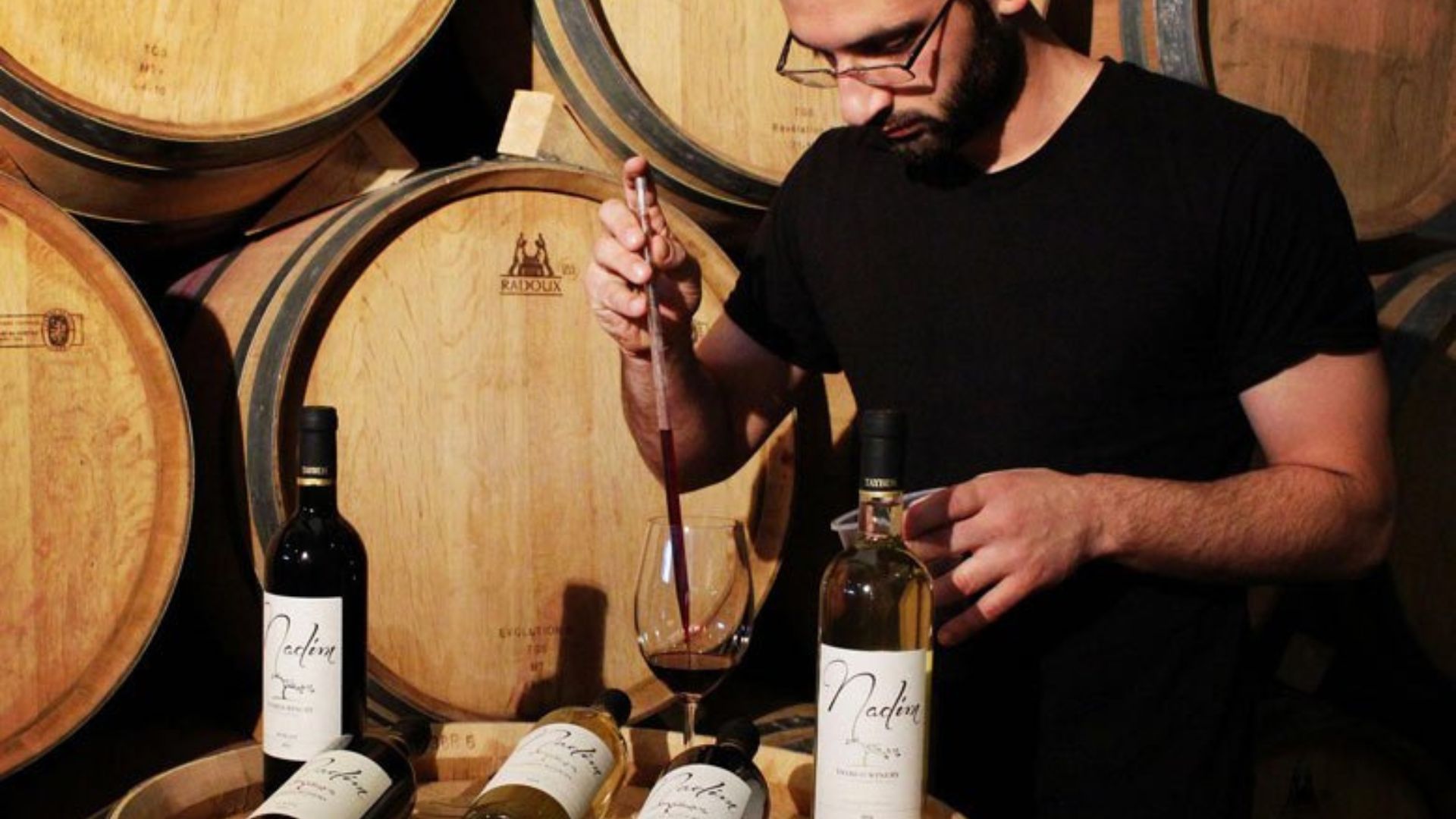
Barrel Aging and Maturation
Barrel aging is a time-honored tradition in wines making that imparts distinctive flavors, aromas, and textures to the wine. Oak barrels, often made from French or American oak, contribute vanillin, spice. And toast notes to the wine, while also allowing for controlled oxygen exposure and micro-oxygenation. The choice of barrel type, toast level, and aging duration influences the character and aging potential of the wines. Additionally, techniques such as lees stirring and malolactic fermentation can further enhance wine complexity and mouthfeel during barrel aging. By judiciously selecting barrels and monitoring aging conditions. Winemakers can achieve the perfect balance of oak influence and fruit expression, resulting in wines of exceptional depth and nuance.
Blending and Bottling
Blending is an art form in wine making that allows winemakers to harmonize different grape varietals. Vineyard blocks, or barrel lots to create a final wine that showcases the best attributes of each component. Careful blending decisions are guided by sensory evaluation. With winemakers aiming to achieve balance, complexity, and consistency in the finished wine. Once the desired blend is determined, the wine is prepared for bottling. Where it undergoes clarification, stabilization, and sometimes fining to ensure visual clarity and stability in the bottle. Finally, the wine is bottled, corked, and labeled, ready to be enjoyed by wines enthusiasts around the world.
Conclusion
In conclusion, the best ways to make wines involve a meticulous and holistic approach that begins in the vineyard and culminates in the bottle. From vineyard management and grape harvesting to fermentation, barrel aging, blending. And bottling, each step in the wine making process contributes to the creation of a singular expression of terroir and craftsmanship. By mastering the art and science of wine making and embracing the principles of quality, consistency, and creativity. Winemakers can unlock the full potential of their grapes and produce wines that delight the senses and captivate the palate. Whether crafting wines for personal enjoyment or commercial production. The journey of wine making is a timeless pursuit of excellence that celebrates the beauty and diversity of the vineyard.

